English
繁體中文
简体中文

Picture a swarm of microscopic warriors – virus-like nanofibres – storming a breast tumour like a fortress, armed with oxygen and laser precision. Developed by a brilliant team at CUHK, these nanofibres can find breast tumours, produce oxygen, and help destroy cancer with light. In mouse studies, they made tumours shrink quickly, even in areas where current treatments often fail. This breakthrough could defy the limit of traditional therapies and spark a wildfire of hope for more targeted, less harmful cancer therapies.

From the robust textures of the Great Wall’s ancient bricks to the meticulous assembly of Roman arches, masonry has long stood as a testament to human ingenuity and aesthetic vision. A cross-disciplinary team at CUHK has reinterpreted traditional craftsmanship through technology—CU-Brick. By integrating cable-driven robotics and automated programming, this innovation breathes new life into traditional bricklaying techniques in the digital age. The system accurately replicates the profound understanding of geometric structures mastered by historical artisans and sparks a dynamic interplay between modern engineering and creative inspiration. Bricklaying transcends mere repetitive stacking, evolving into an innovative dialogue that bridges engineering, architecture, and art—unleashing unprecedented creative potential for future architectural masterpieces.

Rejoice – no more worrying about battery levels or scrambling for spares. Two CUHK inventions are bringing a battery-free future closer to reality. One powers computer keyboards using energy generated simply by pressing the keys, while the other – a smart insole – harvests energy from walking to monitor gait patterns, transforming medical diagnosis and patient care.

Plants stretch toward sunlight in photosynthesis, their leaves curving to seize every beam. A CUHK team has harnessed this dance with light to shape soft, magnetic materials. Their revolutionary technology using lasers and magnets—precisely calibrating light intensity during 3D printing—transforms a flat magnetic hydrogel into a dynamic 3D surface. Beyond personalised medical patches, this breakthrough also enables human face replication, information storage, and biomimetic soft robots—all through tailored light adjustments.

CURI, developed by CUHK, is a robot that learns tasks by observing humans demonstration. Equipped with a colour-depth RGB-D camera and a collaborative anthropomorphic arms, CURI ensures precision and efficiency. The research team has used simulated ingredients to teach CURI cooking tasks. Although CURI has not cooked real food, the potential for it to become a Michelin-star chef in the future is exciting. Imagine this Michelin-star chef can prepare perfectly seasoned dishes just for you!

As the digital world grows ever more information-hungry, Professor Tsang Hon-ki’s research on silicon photonics has proven to be a serendipitous career choice. His research team’s project is chosen for the Hong Kong government’s inaugural Research, Academic and Industry Sectors One-plus (RAISe+) Scheme, which helps universities transform and commercialise their research and development outcomes.
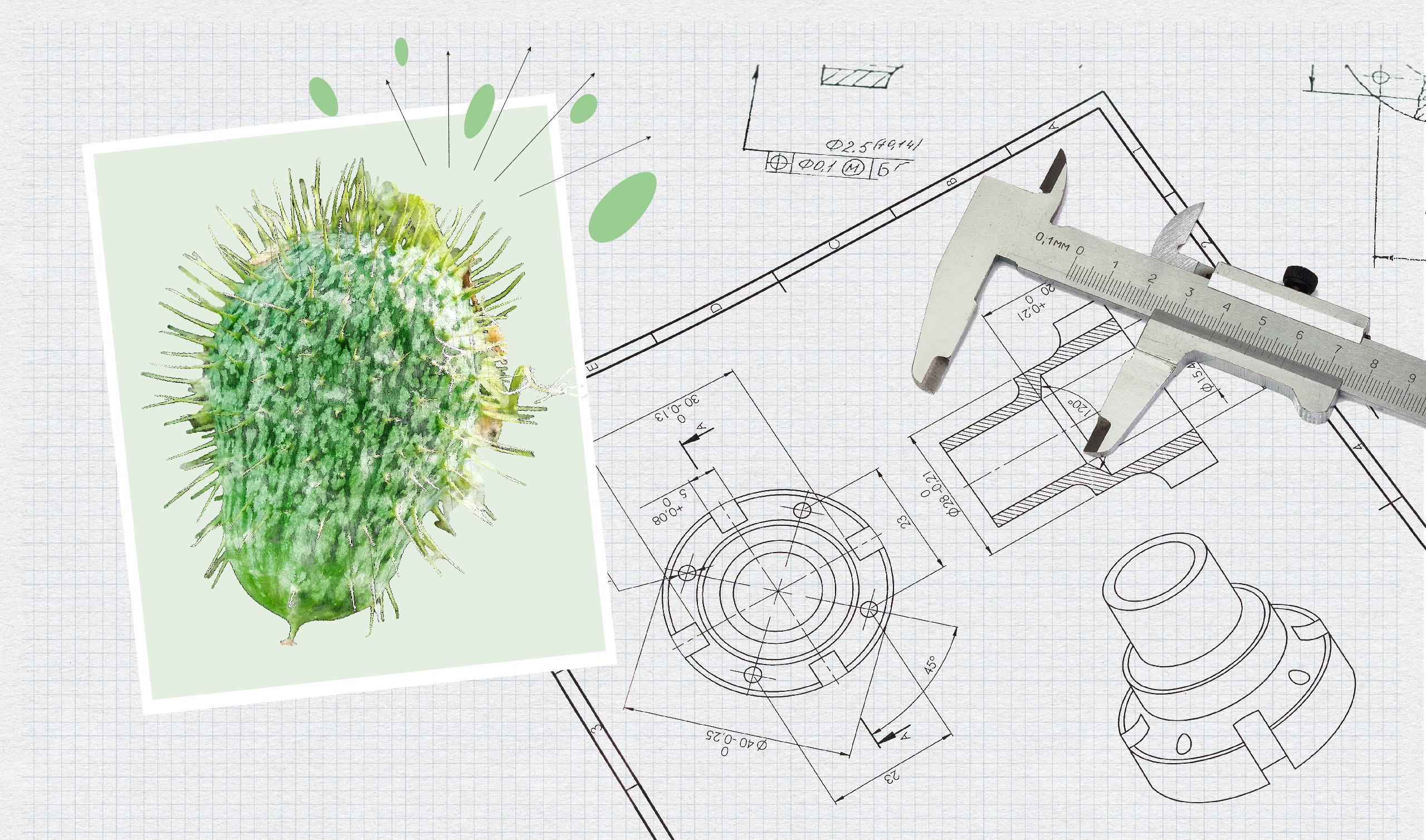
Ever seen a cucumber launch its seeds like a tiny rocket? CUHK researchers did, and they thought “Why not use that for robots?” Inspired by the squirting cucumber plant’s explosive method of launching its seeds, a CUHK research team developed a groundbreaking power amplification system that propels mini robots to new heights of speed and agility, making them perfect for medical missions deep inside the human body. With machine learning enhancing their control and navigation, these micro marvels are set to revolutionise the field of medicine.
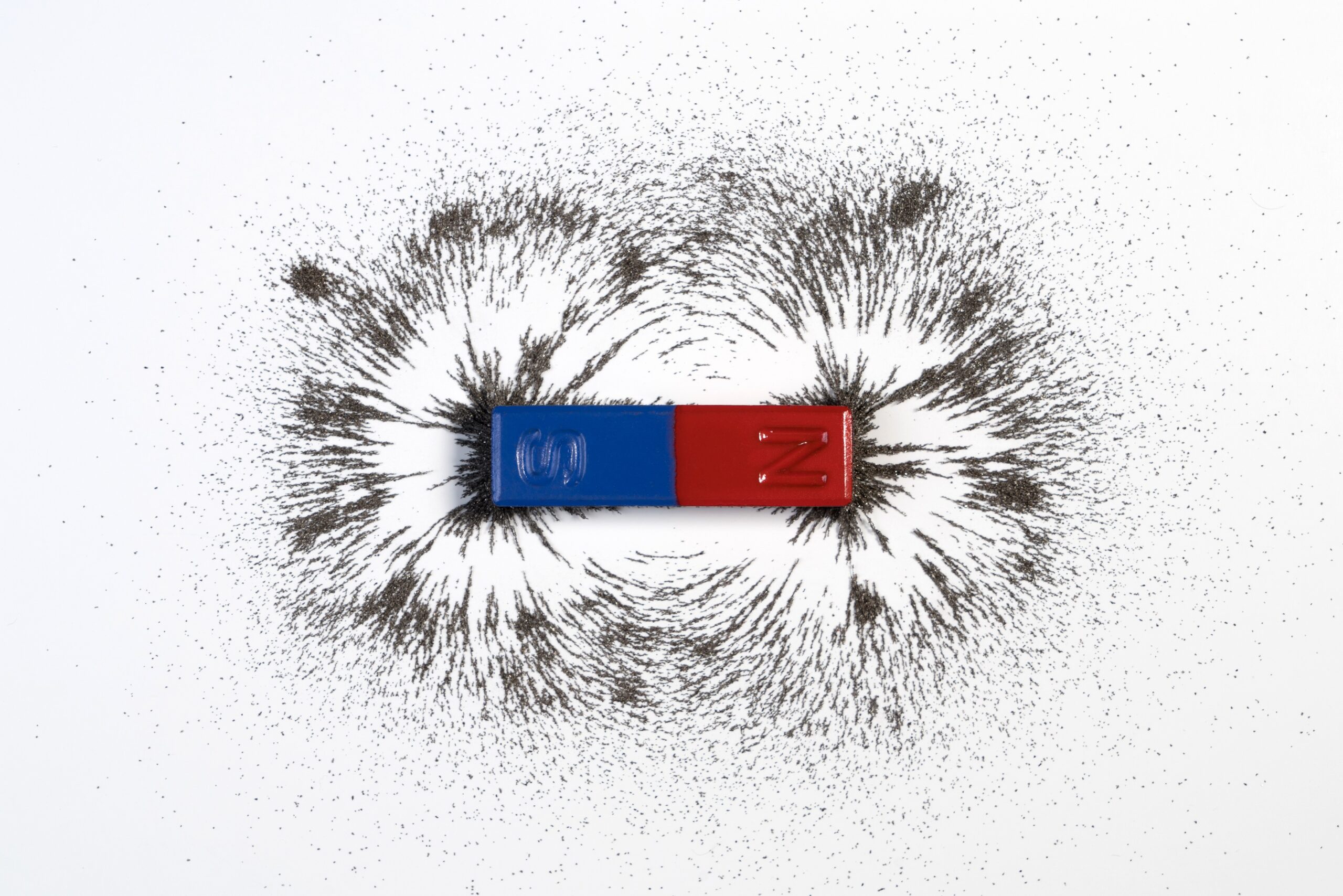
Biofilms, which can occur in various places in the human body, can cause a range of infections. Made of microbes encased in a matrix that makes them resistant to external threats, they are notoriously hard to shift, especially when they accumulate on the surface of medical implants. New devices called “magnetic hydrogel micromachines”, developed by a CUHK team, are formidable weapons to resist and overcome the biofilm menace. It can be controlled by magnets, to precisely target the biofilm for removal.

Wearable artificial muscles offer the hope of recovery for people with devastating injuries and medical conditions. With ExoMuscle, Professor Raymond Tong Kai-yu from CUHK has come up with the most effective artificial muscle yet developed: twice as strong as human muscles, it could potentially be used to create a wearable exoskeleton, like something worn by super villain Doctor Octopus. ExoMuscle interprets signals from the muscles and brain through a unique interface that connects them with the bionic muscle.

Can you imagine how hot you would feel when a heatwave comes if you lived in a tin-sheet house? It would be like living in a steam oven. Heatwaves are roasting the world, smashing records with unrelenting severity. A CUHK research team has developed a high-performance radiative cooling paint based on recycled glass, a forgotten resource in our communities. It can potentially provide buildings with supplemental cooling without consuming energy.

Take a quick look at the TJ-FlyingFish, and you might think it’s a typical quadcopter drone. Watch it in action, though, and you’ll discover it’s an amphibious drone, equally at home in the air and under the water, is capable of moving seamlessly between the two, and can operate entirely autonomously in both environments. The new drone, jointly invented by CUHK Professor Ben M. Chen and his research team, promises to revolutionise a range of tasks, from surveying to remote sensing to search and rescue.

Venom may be one of Spider-Man’s greatest nemeses, but the alien symbiote who can stretch and deform itself has inspired scientists to create soft robots that could transform numerous aspects of medical care, from targeted drug delivery to minimally invasive surgery. Professor Zhang Li from CUHK decided to channel Venom’s superpowers into building soft robots based on ferrofluids and a new silicone elastomer, which can be deformed in ever more complex ways, making them capable of a growing range of functions within the human body.
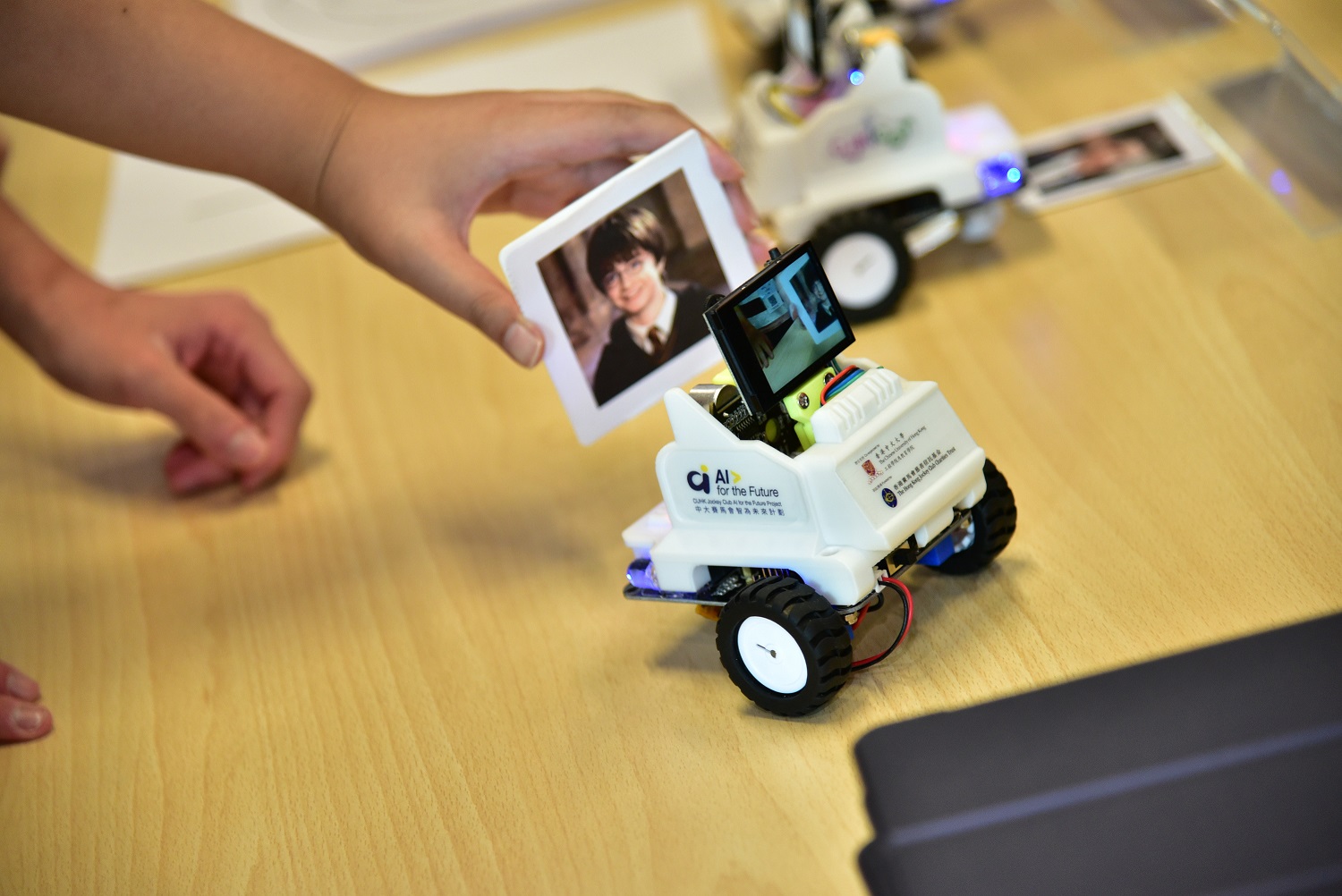
These little white cars might look like toys at first glance. In fact, they are smart cars built with artificial intelligence (AI) features that can track human faces and colours. Developed by a research team from the CUHK Jockey Club AI for the Future Project, the CUHK-JC iCar (iCar) gives students an opportunity to apply AI theory. The iCar is a simple, accessible device where students are in the “driver’s seat” via their ability to assemble with the attached mechanical tools and control the vehicle with simple programming, which gives students a unique way of combining study with play in the classroom.
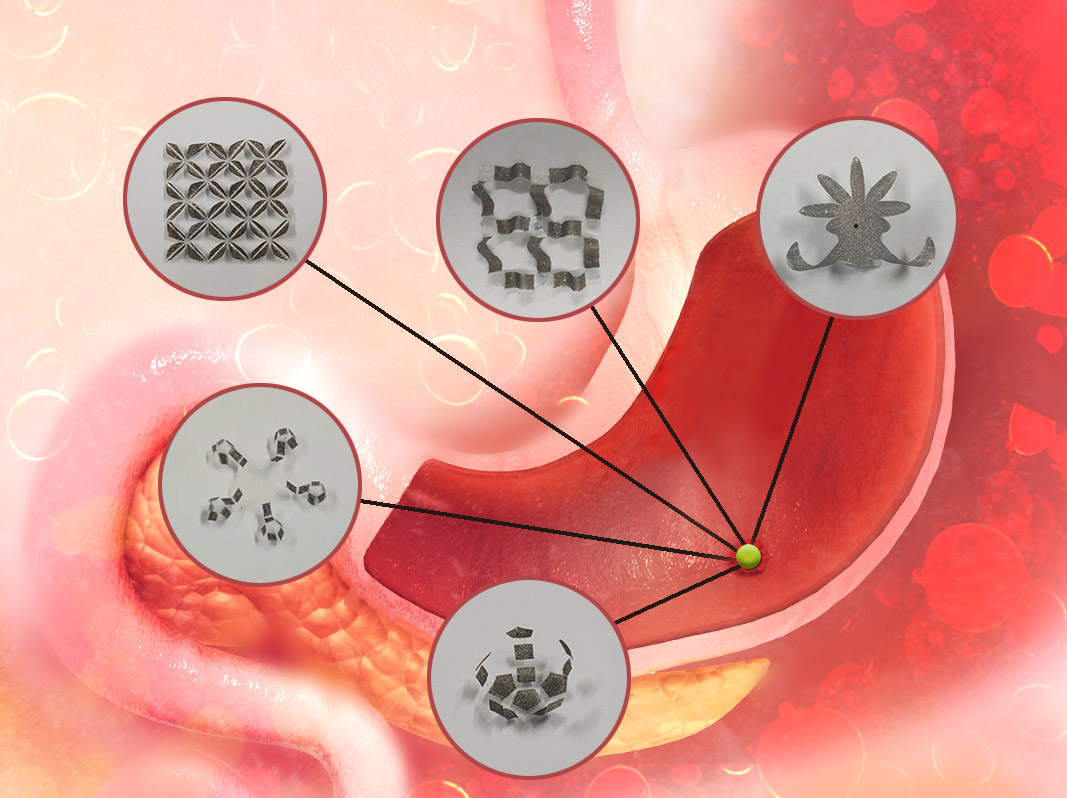
What can you do with tape? Seal your package or to bind an injury? The uses of tape go much further than that in the hands of a CUHK Engineering professor who has devoted himself to medical robotics. By simply tattooing magnetised patterns onto tapes and using a magnetic field, a highly versatile “origami” soft robot is miraculously brought into being that can morph into a variety of 3D shapes - and behold, they have a future in medical and industrial applications.
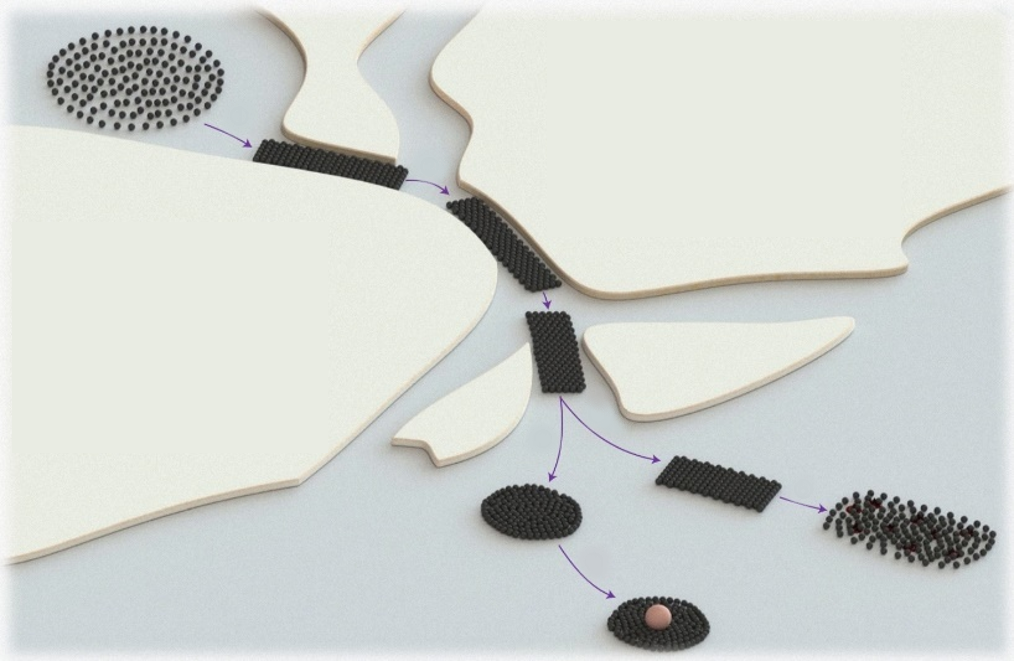
In a flower garden, we have army of honeybees that swarm to defend enemies; in a tortuous human lumen, we have army of microrobots that swarm to carry drugs that attack maladies. CUHK engineering professors have devised an avant-garde AI system that lets these microrobots navigate like bees and change shape inside complex environments like human bodies.
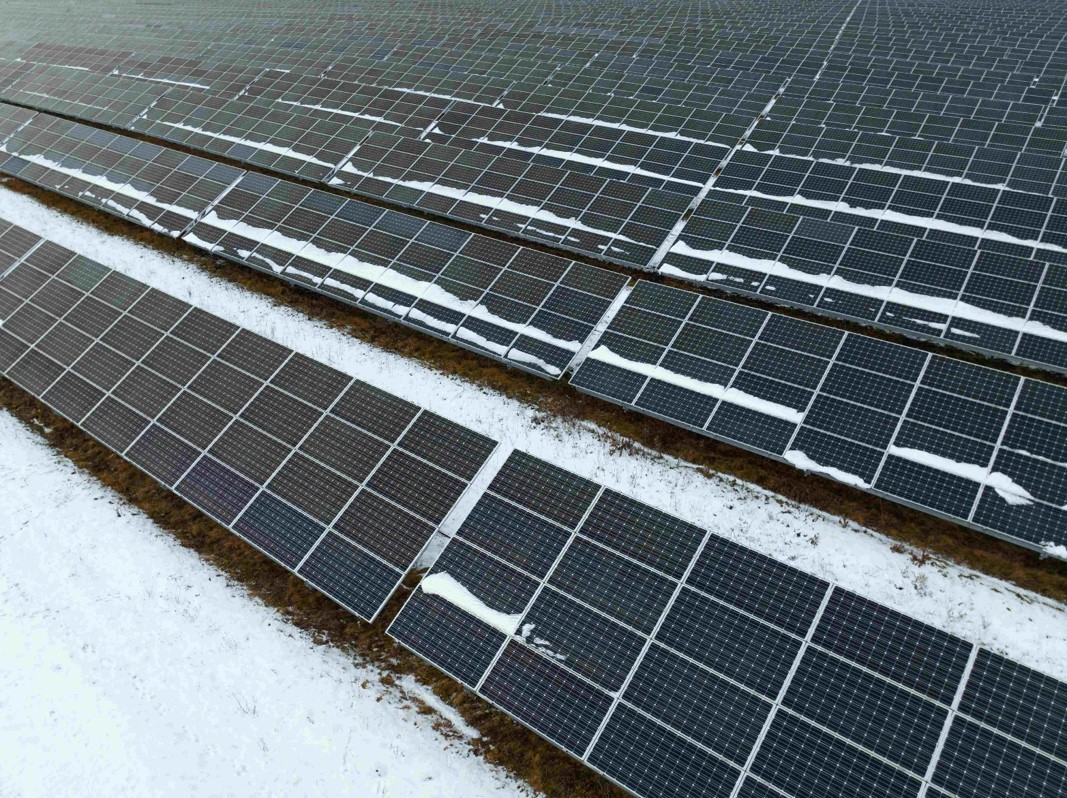
Life in an extremely cold region without electricity for heating and lighting can be a miserable experience, especially as existing battery technologies cannot retain a reliable power supply in such cold weather. When winter storms sweep across cities, the power crisis they cause can leave millions of people without electricity. CUHK researchers are trying to fix that with a new technology that promises to bring stability to electrical storage, even at very low temperatures.
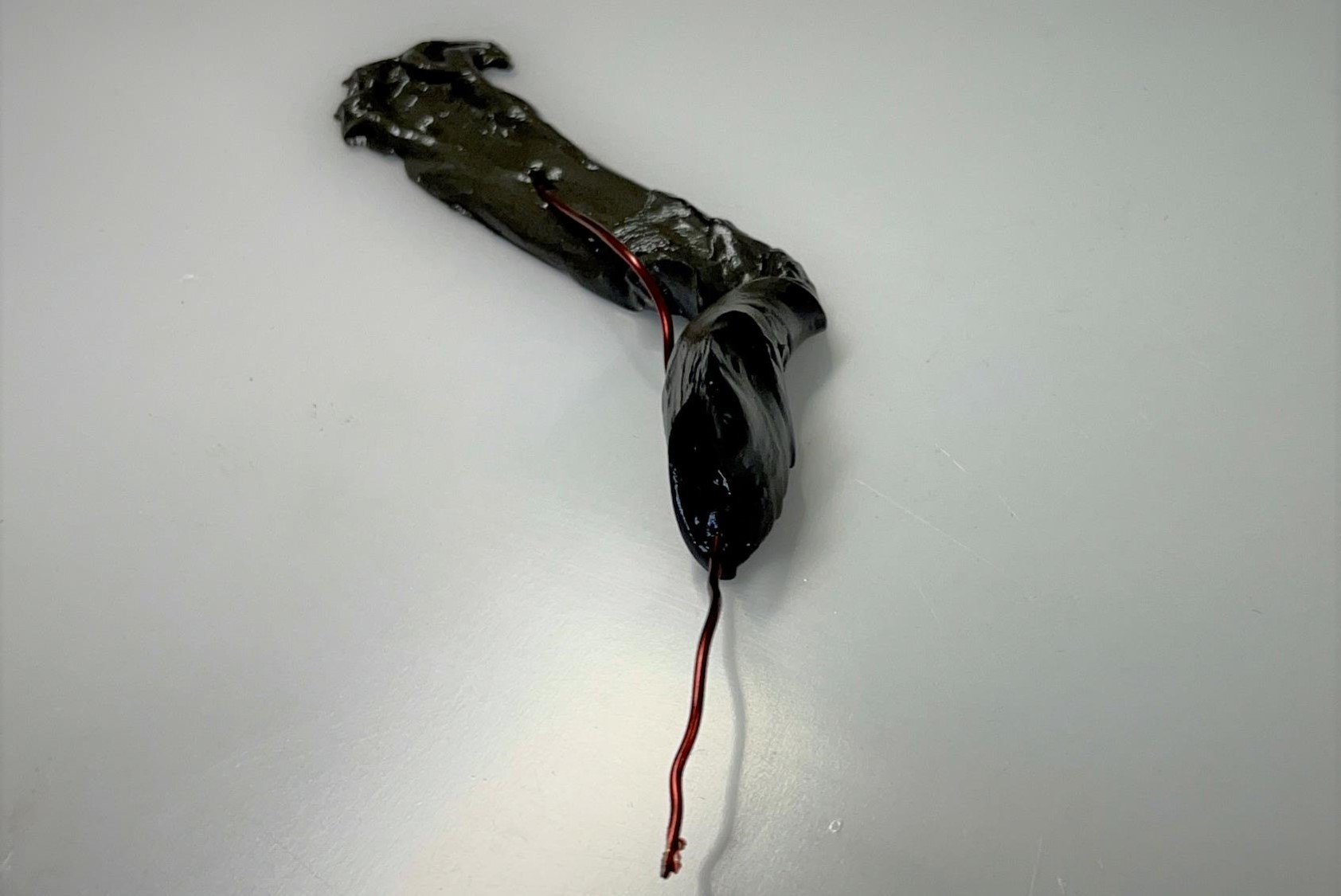
Is this Spiderman’s foe Venom in real life? Video of a slimy, mucus-like extraterrestrial creature has gone viral online. It could neither invade nor kill a human. It is in fact a soft miniature robot invented by CUHK Faculty of Engineering that performs medical tasks inside human body. This viscous robot behaves like an octopus to enclose and grasp small objects and moves through the narrows of the human digestive system under magnetic control. Now further tests are needed to ensure that the body will be absolutely protected, leading to human tests in five years.

When one has a mouth but cannot speak, it is a dreadful loss. But now AI can change that destiny. A CUHK Engineering professor has taken AI technology to another level to give a voice to those who are losing the power to communicate, by deploying text-to-speech technology and letting AI learn as much as possible about how one speaks, to preserve verbal identity after disease has taken the voice.

Gold is anti-inflammatory and has applications in the fields of jewelry, aviation, chemistry, and electronic circuit boards. Now researchers from CUHK Engineering have struck gold for psoriasis sufferers by developing a self-therapeutic gold nanoparticle that does not contain steroids and vitamin D analogs but has a similar effect, as proven in mice models. It was demonstrated that the gold nanoparticle could enter skin epidermal cells without causing hair loss and skin wrinkling.

loT is the key to building a smart city, in which sensors act as eyes and ears of the system to collect and convert physical variables into electronic signals for analysis. A self-powered wireless sensing e-sticker, thin as two human hairs, developed by CUHK, converts the power of a finger touch into electromagnetic wave signals to advance the smart sensing technology. Another discovery is a TENG with high power output to better harvest mechanical and biomechanical motion.
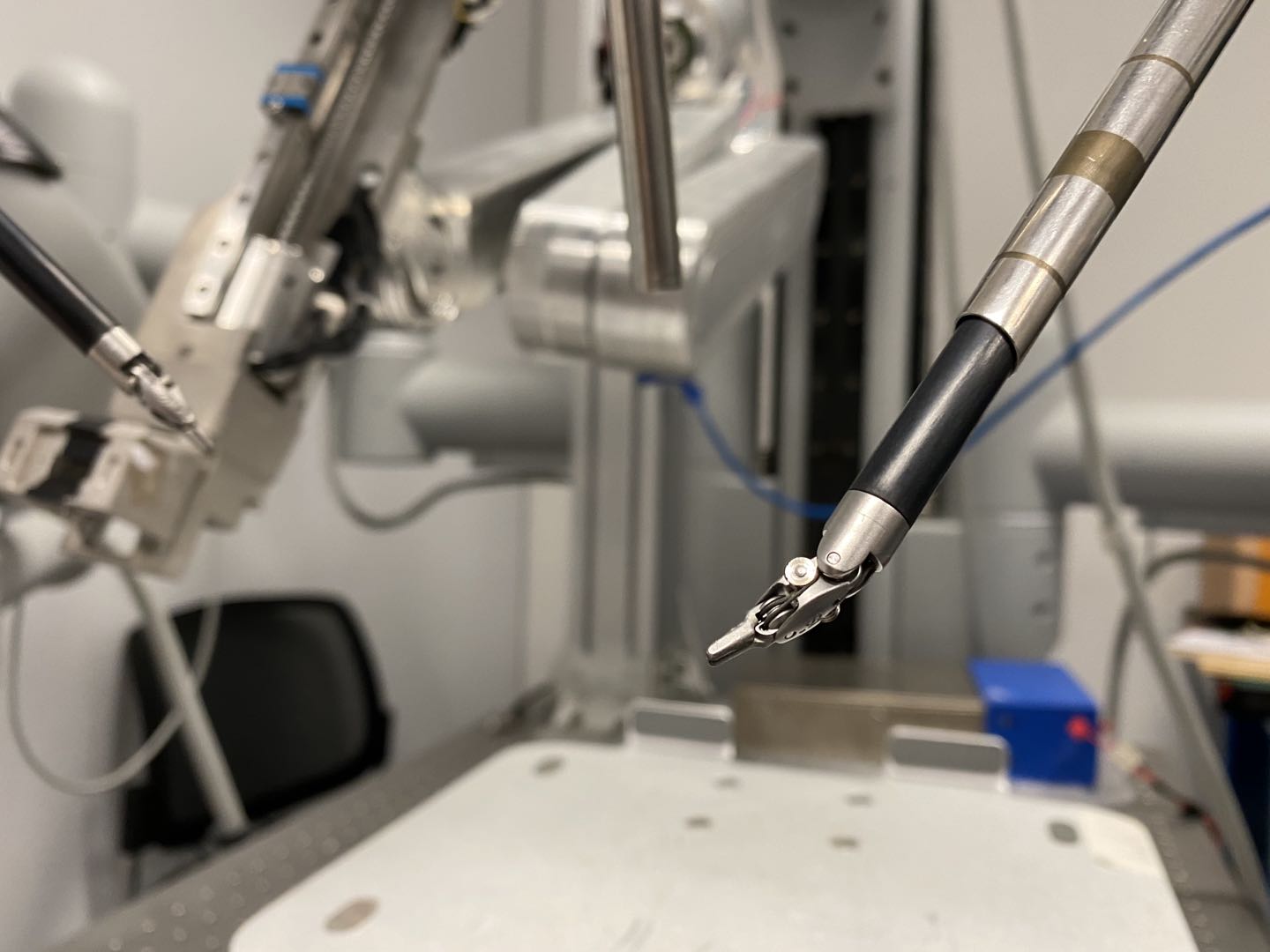
Surgical robots are commonly used in minimally invasive surgery and their accuracy holds the key to a successful operation. CUHK researchers have developed a world-first AI system with a novel deep learning method to optimise the gesture recognition of robots. The intelligent cognitive assistance not only allows robots to operate with greater precision for a safer surgery, but also wins patients’ trust in robotic surgery.

It is a tough task for an able bodied person to learn the violin, let alone someone without an arm. A multi-functional prosthetic with convertible adaptor developed by CUHK researchers gave hope to Roy who had lost his left arm and took him onto the stage in a concert given by a thousand-player orchestra, where he demonstrated his dream playing wonderful pieces of music.
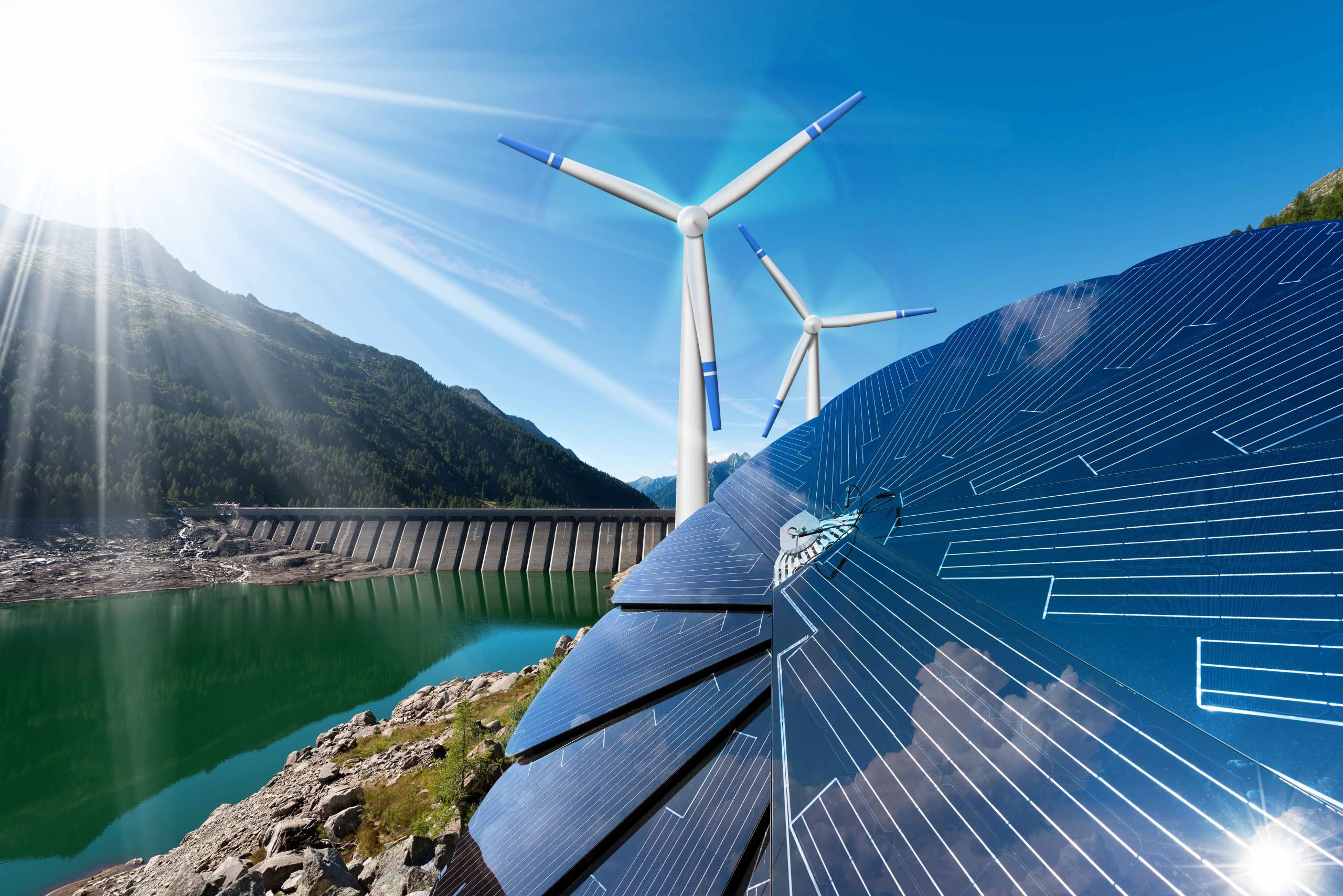
The ocean is the largest energy treasure house on earth, covering approximately 70% of its surface. Harvesting this is called “blue energy” and it’s a solution to energy crisis. However, given its complex technology and high cost, electricity generation from blue energy isn’t easy. A CUHK research team has recently developed a high-efficacy generator for harnessing ocean wave energy, which turns a new page.
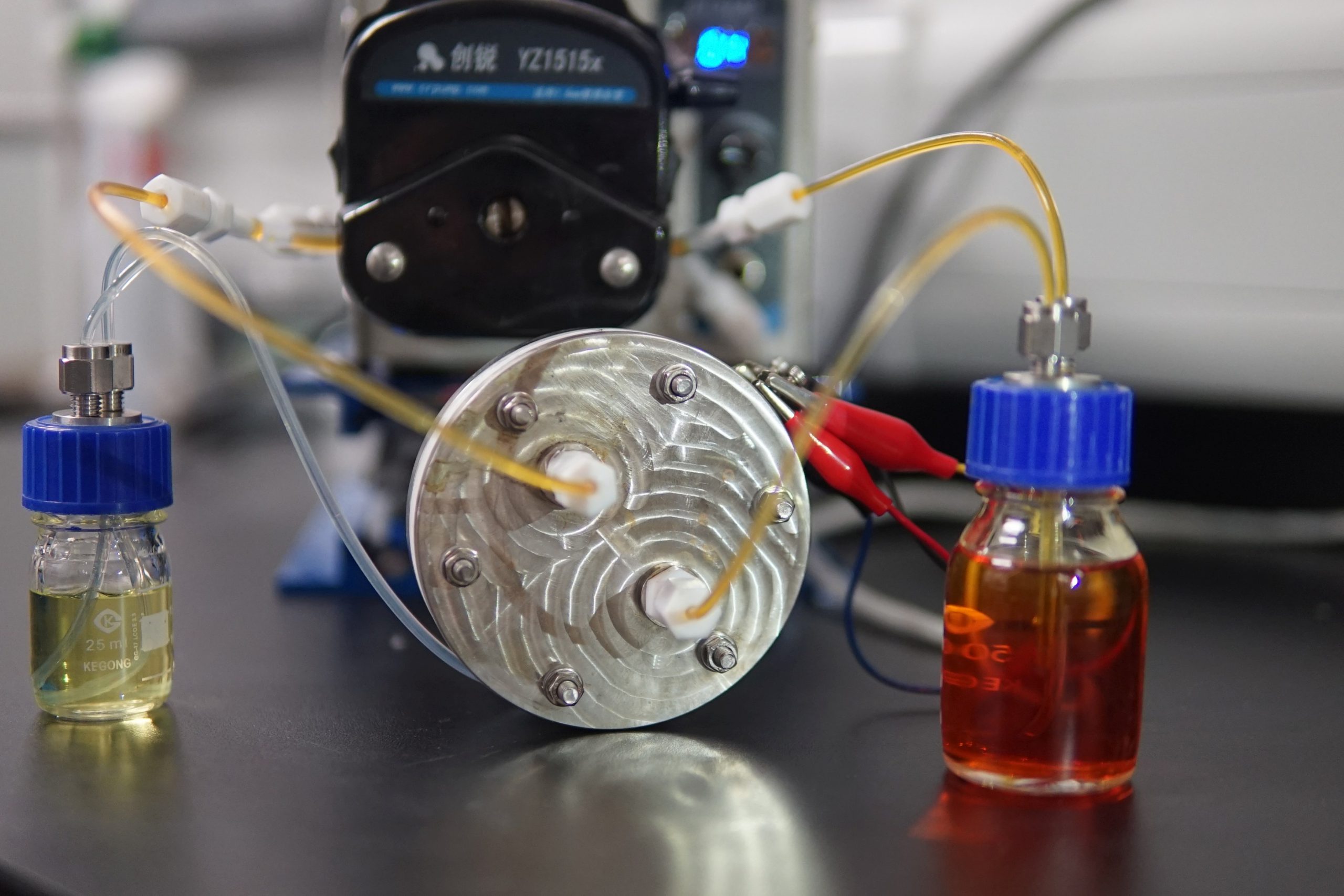
Distinguished as safe, powerful and flexible but plagued by a short life, sulphur-based redox flow batteries have been given a boost to their duration by CUHK engineers, ending a long unsolved challenge. They have designed a novel membrane, keeping the battery’s two electrodes apart and reducing the loss of active materials, so ramping up its lifetime, stability, and its usefulness in grid-scale energy storage devices.